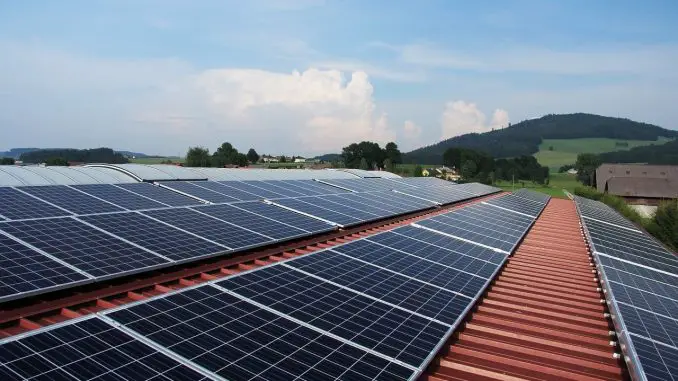
Renewable energy sources have never been more relevant. Partly because they are really needed, but also because the technology is better and the prices lower than ever before. And perhaps most interesting of all is solar energy.
In this blog post, we explain the difference between solar cells and solar panels.
The sun is the energy source
If we start with what is common to these two technologies, it is the source of energy. The sun is an almost inexhaustible resource. Every hour, the earth receives as much energy from the sun as mankind consumes in a whole year. In the summer, when we have the most hours of sunshine, the technology gives the best return.
Both solar cells and solar panels are mounted on the roof of the house to absorb as much solar radiation as possible. But that’s what happens next that sets the two options apart.
Solar panels give you hot water
Solar panels are sometimes also called solar collectors or solar heating. The latter also gives you a good clue as to what the solar energy is converted to.
With this technology, you simply get a supplement of cheap and environmentally friendly hot water. The solar panels capture the radiation energy from the sun and, just like in a heat pump, there is a heat carrier fluid that transfers the energy to the water heater.
A pump station circulates the heat carrier fluid in a continuous cycle between the solar panel and the hot water heater.
Solar panels are therefore a complement to an already existing heating system and are best suited for those who have a greater need for hot water in the summer, as this is when you get the most energy.
During the summer, the solar panels can cover a larger part of the energy demand and reduce the proportion of purchased energy substantially. For example, in a holiday home where you have direct-acting electricity or air/air heat pump, and where the solar panels can provide a good and cheap supply of hot water.
There are of course variations between different makes, but in general solar collectors generate up to 700 W of heat per square meter and between 200 and 700 kWh of heat per square meter per year.
Become your own electricity producer with solar cells.
Also in a solar cell plant, modules are mounted on the roof to capture solar energy. In the modules, the energy is converted to direct current which is then transported to an inverter.
There it is converted again, but this time into alternating current which is then used in your electricity grid. In other words, you become a micro-producer of electricity, and during the summer when your production is greatest, you can sell the surplus to your electricity company. A photovoltaic system generates up to 150 W per square meter and between 50 and 150 kWh of electrical energy per square meter per year.
Leave a Reply